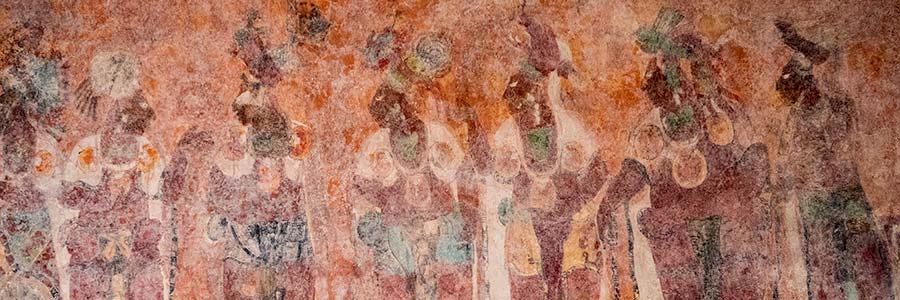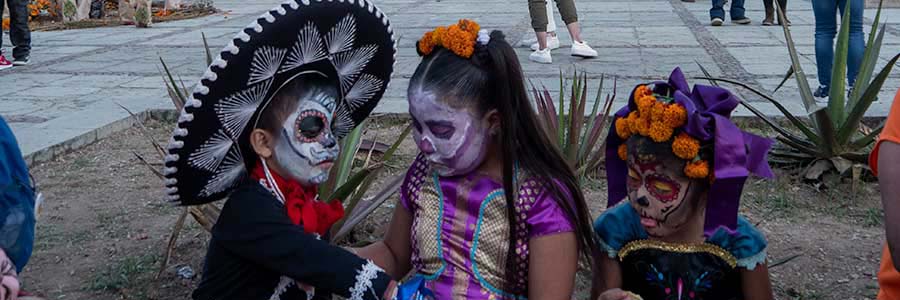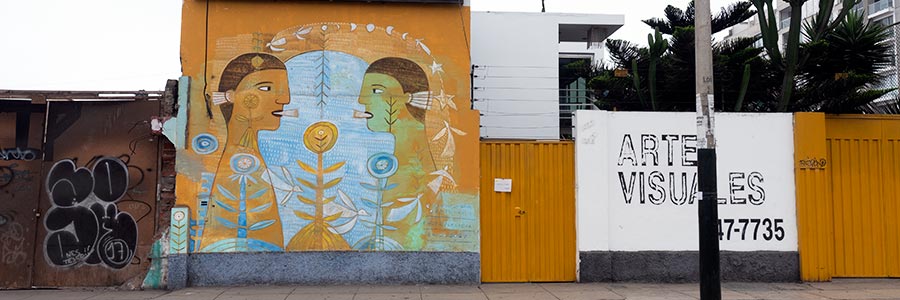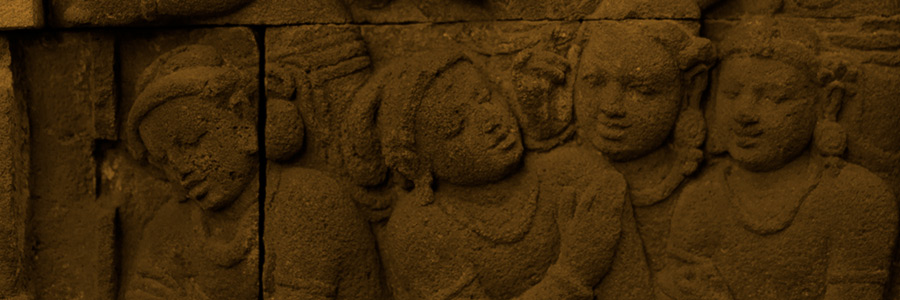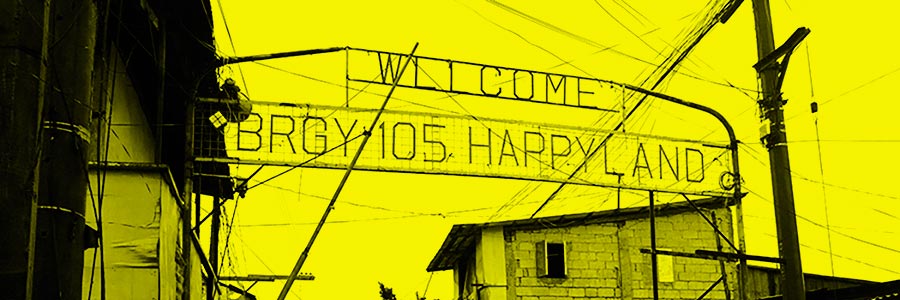Where Is Bonampak?
The Mayan ruins of Bonampak lie in a remote region of Chiapas, the southern-most state in Mexico. In fact, Bonampak is far enough south to be very close to the Guatemalan border.
Surrounding Bonampak is thick tropical jungle that makes up a biosphere reserve that’s administered by the Lacandon native tribe.
The nearest settlement to the ruins is the village of Lacanja Chansayab, about 2.5 km away. It’s possible to rent cabins from the Lacandon people there.
Read The Full Post